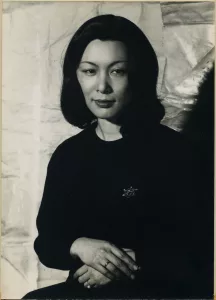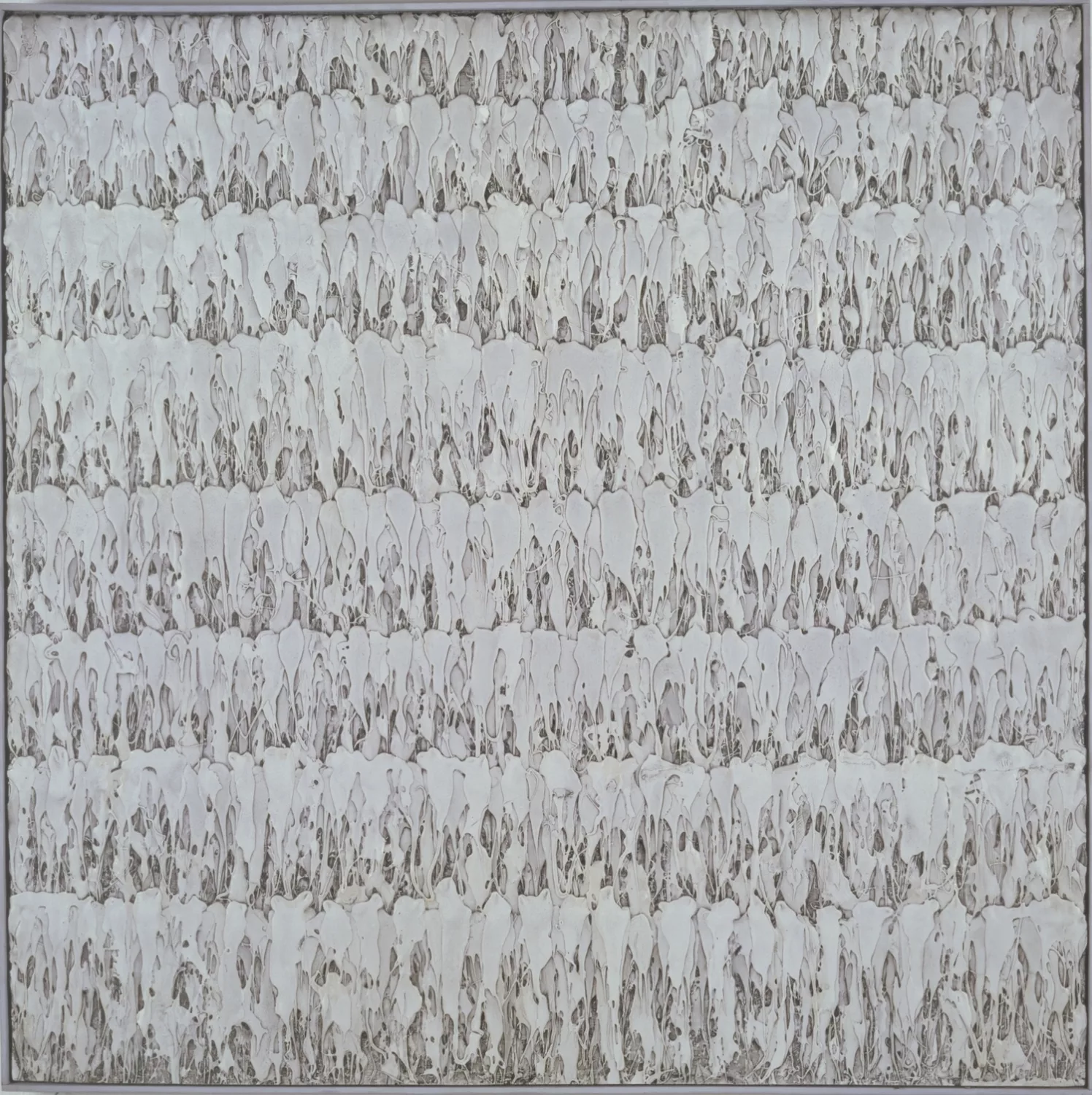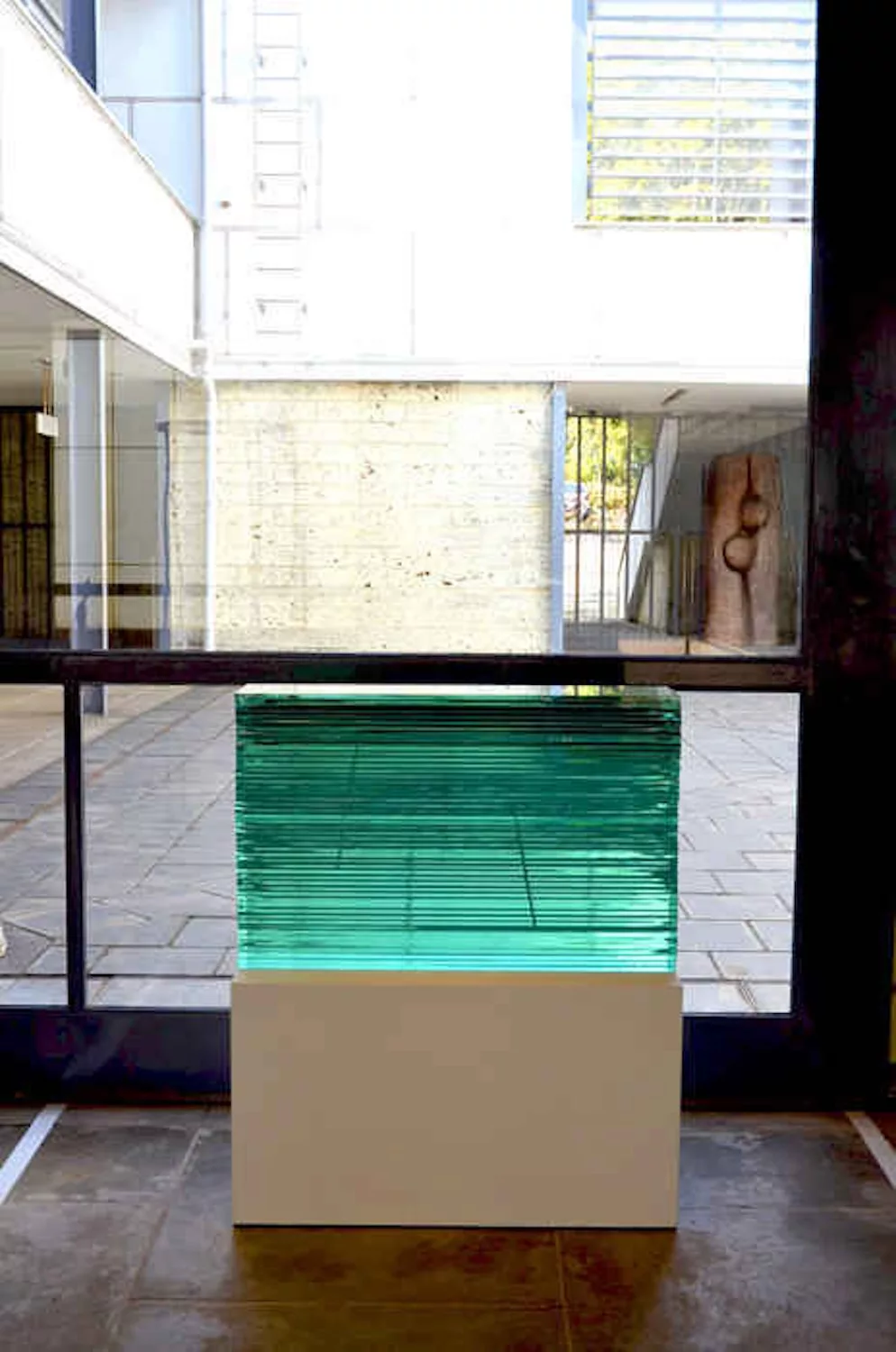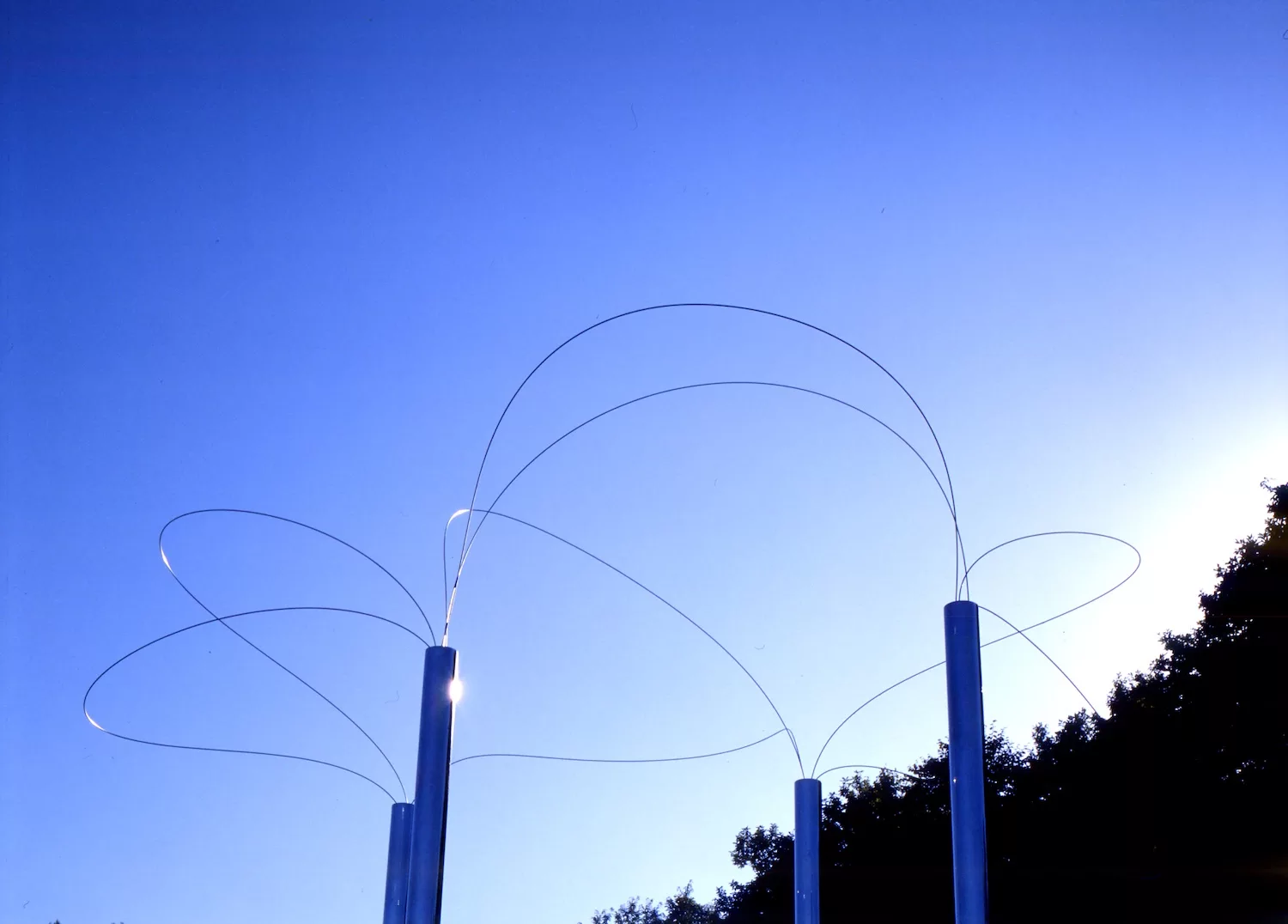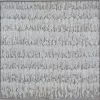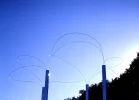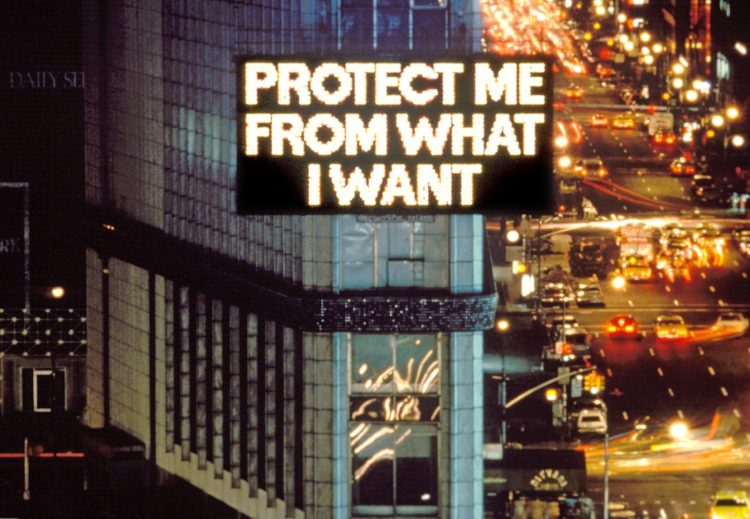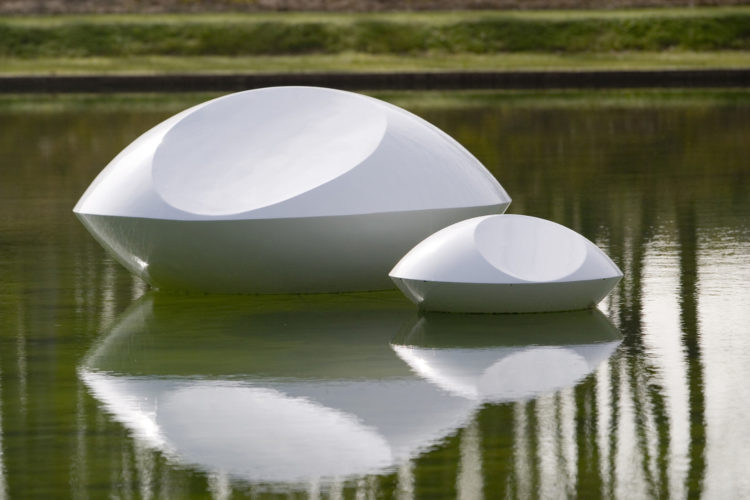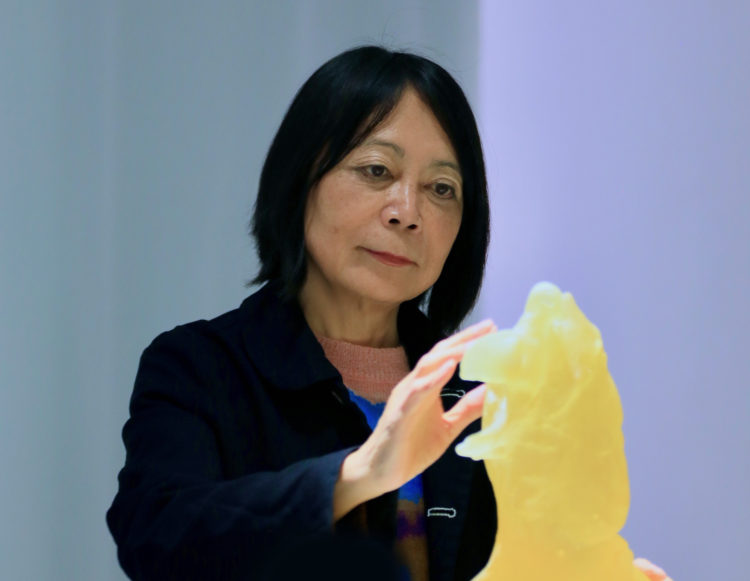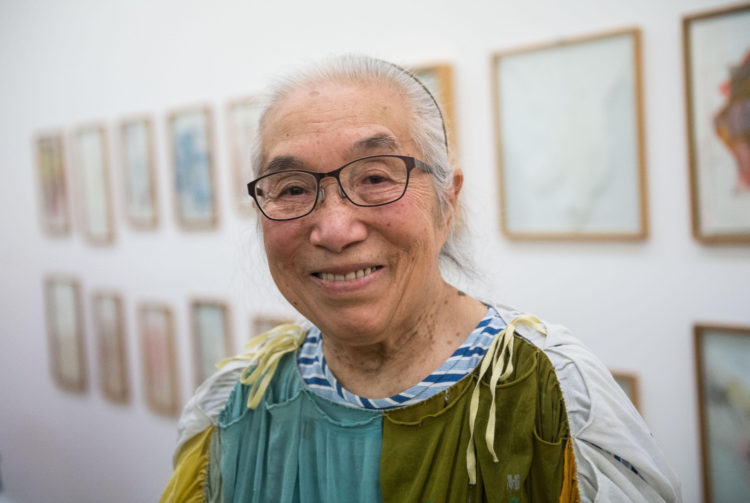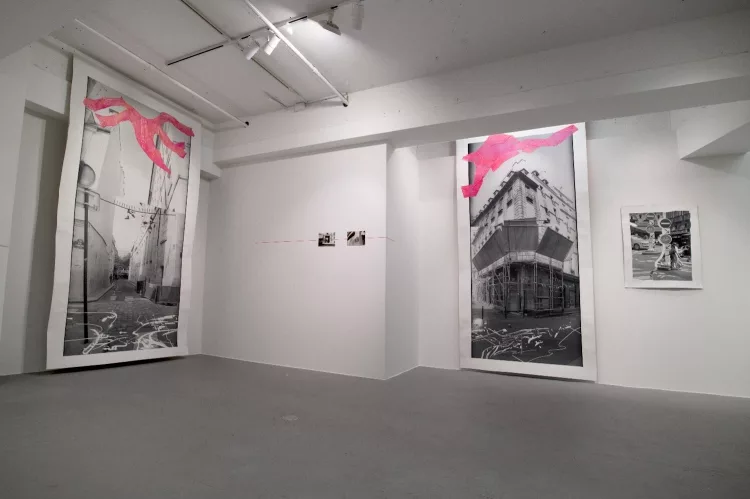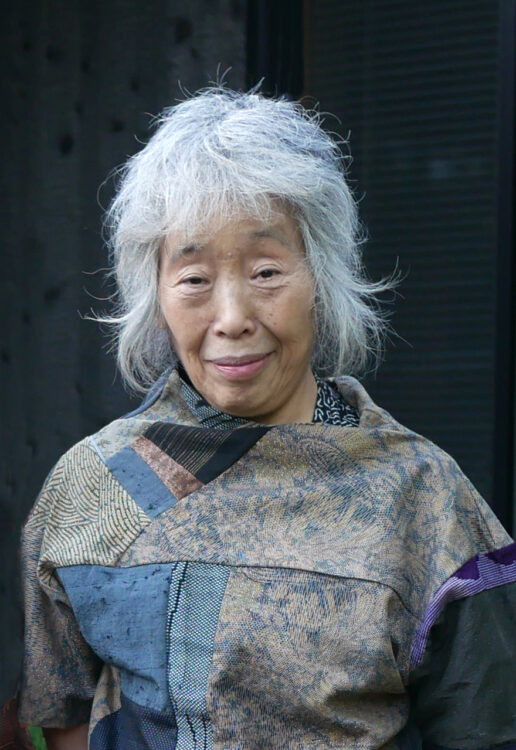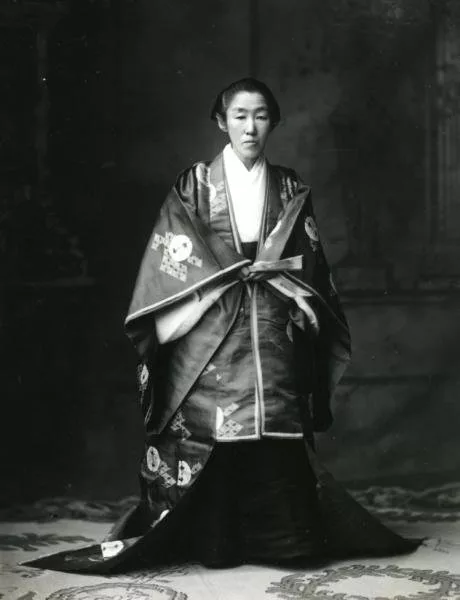Kate Linker and Alexandra Munroe, Aiko Miyawaki, Paris: Galerie Enrico Navarra, 1996
→Aiko Miyawaki – Documents: A Pictorial Autobiography, Tokyo: Bijutsu Shuppansha, 1992
→No Beginning, No Ending: The Trajectory of Sculptor Aiko Miyawaki, exh.cat., Tokyo: Iwanami Shoten, 1991
No Beginning, No Ending: The Trajectory of Sculptor Aiko Miyawaki, Museum of Modern Art, Kanagawa 1998
→Aiko Miyawaki Paintings 1959-64, Hara Museum of Contemporary Art, Tokyo, 1996
→Aiko Miyawaki – Escultura, Fundacio Joan Miro, Barcelona, 1991-1992
Japanese painter and sculptor.
Aiko Miyawaki was born Aiko Araki in Tokyo in 1929. Physically weak in childhood, she passed her youth in introspection and solitude. In March 1946, she graduated from the Odawara High School for Girls (now the Kanagawa Prefectural Odawara Senior High School). During the war, she was involved in the publication of a literary magazine run by a group of young literary enthusiasts who had evacuated to Odawara. There, she met and married Shunzō Miyawaki (1926–2003)—a student at the University of Tokyo who would go on to become an editor at the literary magazine Chūō Kōron (Central Review)—and took his surname.
In 1956, A. Miyawaki graduated from the Department of History in the Faculty of Letters at Japan Women’s University. The theme of her graduate thesis was the art of the Momoyama period (1573–1615). While attending school, she began painting under the direction of Nobuya Abe (1913–1971), whom she met through her future sister-in-law, the artist Nobuko Kamiya (1914–1986), and in 1953 entered the Bunka Gakuin to take lessons from him. It was again through N. Kamiya that she made the acquaintance of Yoshishige Saitō (1904–2001), from whom she also received guidance. It was through N. Abe that A. Miyawaki learned about the latest trends in world art; she was particularly inspired by the trend of Unism in Polish abstract art.
A. Miyawaki studied abroad briefly in 1957, taking painting lessons at the University of California, Los Angeles and Santa Monica City College (now Santa Monica College). She held her first solo exhibition at Yoseido Gallery in Tokyo in December 1959. Her work, which etched lines into colourful surfaces made up of paint mixed with enamel and marble powder, was described as akin to a relief or a Kamakura-carved lacquer work. Following this, she travelled to Vienna, by way of India, to attend the Third International Conference of Artists and then sojourned in Milan. There, she enjoyed close friendships with a group of young artists including Lucio Fontano (1899–1968) and Piero Manzoni (1933–1963). In 1961, she held a solo exhibition at Galleria Minima. The following year, she held her second solo exhibition in Japan at Tokyo Gallery. Works exhibited around this time were created by applying paint, mixed with marble powder, using a palette knife. These caught the attention of the French art dealer André Schoeller (d. 2015), who was then visiting Japan, and A. Miyawaki decided to go stay in Paris to create work and hold a solo exhibition there. In Paris, she developed friendships with Hans Richter (1888–1976), Man Ray (1890–1976), and others. In 1963, travelling back to Japan from Paris, she stopped off in New York—staying there until 1966. During that period, she held a solo exhibition at the Bertha Schaefer Gallery. The preface to the catalogue for that show was written by Man Ray.
A. Miyawaki returned to Japan in 1966. There, at the invitation of Katsuhiro Yamaguchi (1928–2018), she displayed her work at the exhibition From Space to Environment (Kūkan kara kankyō e), held at the Matsuya Department Store in Ginza. From this time on, her work shifted to three-dimensional objects made from metal, glass, stone, and the like. It was at the From Space to Environment exhibition that she met the architect Arata Isozaki (1931–2022), who would later become her second husband.
In 1967, A. Miyawaki received the Guggenheim Museum’s Purchase Award for her participation in the museum’s International Sculpture Exhibition. In the same year, she held a solo exhibition at Tokyo Gallery. In 1970, she held a solo retrospective of her work to date at the Muzeum Sztuki, a museum of modern and contemporary art in Łódź, Poland. It was at this time that A. Miyawaki began making glass works, which she dubbed the MEGU series—megu meaning “to break” in the dialect of the Okayama region. In 1977, she exhibited MEGU-1977 at the 7th Contemporary Japanese Sculpture Exhibition, for which she won the Kitakyushu Municipal Museum of Art Award. In 1978, she participated in the exhibition MA—Espace/Temps au Japon (MA—Nihon no jikūkan) at the Musée des Arts Décoratifs in Paris.
Around 1980, A. Miyawaki began producing environmental works that featured the placement of steel wires within an empty space, which she called the Utsurohi series. In 1981, at the 2nd Henry Moore Grand Prize Exhibition, she was awarded the Emilio Greco Award for Special Excellence. In 1982, she won the first Hijikata Teiichi Award at the Suma Rikyū Park Sculpture Exhibition. In 1991, she held a sculpture exhibition at the Fundació Joan Miró in Barcelona. Over the years, she installed works from the Utsurohi series in various locations: at La Grande Arche de la Défense in Paris in 1989, Estadi Olímpic de Montjuïc in Barcelona in 1992, and the Nagi Museum of Contemporary Art in 1994. In 1996, she held an exhibition of her early paintings at the Hara Museum of Contemporary Art in Tokyo.
In 1997, A, Miyawaki suffered a cerebral hemorrhage. In 1998, she held a solo exhibition at the Museum of Modern Art, Kamakura. In 1999, she received an award for her promotion of Japanese contemporary art. In 2003, she was decorated as an officer of L’Ordre des Arts et des Lettres by the French government. In her later years, A. Miyawaki was confined to a wheelchair and impaired by her battles with ongoing illness, but her creative urge never waned, and she continued to produce oil paintings and drawings to the end of her life.



